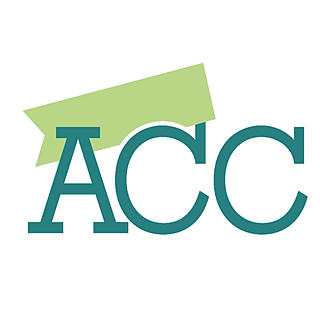Tips for Contractors: Risks of Equipment Leasing
- Arizona Contractor & Community
- Mar 6, 2023
- 2 min read
Kent Lang, Lang & Klain, P.C.

Leasing expensive equipment is a valuable business strategy that allows contractors to stay “lean and mean” without tying up precious capital.
Equipment leasing is not without its risks, however, and a recent Arizona lawsuit over crane repair and rental costs illustrates the importance of understanding the lease agreement and what can happen when things go wrong.
A few years ago, Sepesy Crane Services (the company names in this article are fictitious, and any similarity to actual company names is coincidental) leased several industrial cranes from Wilheit Leasing. The lease agreement between Sepesy and Wilheit required Sepesy (a) to pay all repair costs (except for normal wear and tear) during the lease term and (b) to continue to pay rent during any repair periods.
While one of the leased cranes was in Sepesy’s possession, its telescopic boom was damaged, making the crane inoperable.
The damaged crane was stored for some time at Sepesy’s property before a towing company was hired to transport the damaged crane to a repair facility. After loading the crane and leaving Sepesy’s yard, the tow truck driver drove into a ditch, flipping the trailer and damaging the crane’s exterior.

The crane was eventually repaired and returned to service, but only after more than 14 months of downtime, starting with the original damage to the boom.
Wilheit sued Sepesy for various claims arising from the lease agreement, including payment for rent and repairs. During the litigation, Sepesy’s insurance company paid $161,500 to Wilheit for repairs related to the crane’s telescopic boom, and the towing company (or its insurer) paid $85,900 to Wilheit for the damage sustained in the towing accident.
Unfortunately for Sepesy, its exposure did not end with repairs to the crane. At trial, the judge also found that, per the lease agreement, Sepesy was responsible for the rental payments for the entire period during which the crane was inoperable – from the time of the original damage to the boom, through the time it was stored on Sepesy’s yard and during its short tow trip, and while all of the boom and exterior repairs were being made – until the crane was finally returned to service.
The total rental bill was $269,000 ($19,000 per month for approximately 14 months). To make matters worse for Sepesy, the court also ordered it to pay Wilheit’s attorneys’ fees.
To read the rest of this article, you are invited to purchase the digital issue here.
This article originally appeared in the bimonthly Arizona Contractor & Community magazine, Jan/Feb 2023 issue, Vol. 12, No. 1.








Comments